The popular American restaurant chain Applebee’s has announced plans to close over 30 locations across the states in the coming year.
The news comes after a challenging year for the chain, which closed 46 locations in 2023 due to significant underperformance last year.
Applebee’s Feels the Effects of a Turbulent Economy

Applebee’s has been a popular restaurant chain for several decades. It started as a small location in 1980. In 1986, Abe Gustin and John Hamra franchised it, and just three years later, 100 restaurants were spread across the states.
However, like many franchises and restaurants, Applebee’s has been greatly affected by the turbulent economy of recent years.
Applebee’s Announce Closures

Due to underperformance, Applebee’s has announced they plan to close around 35 locations across the U.S. this year, which showcases how difficult the past few years have been for the grill chain.
Many were not surprised to hear that the chain will close more locations after shutting down 46 locations in 2023.
Dine Brands Global
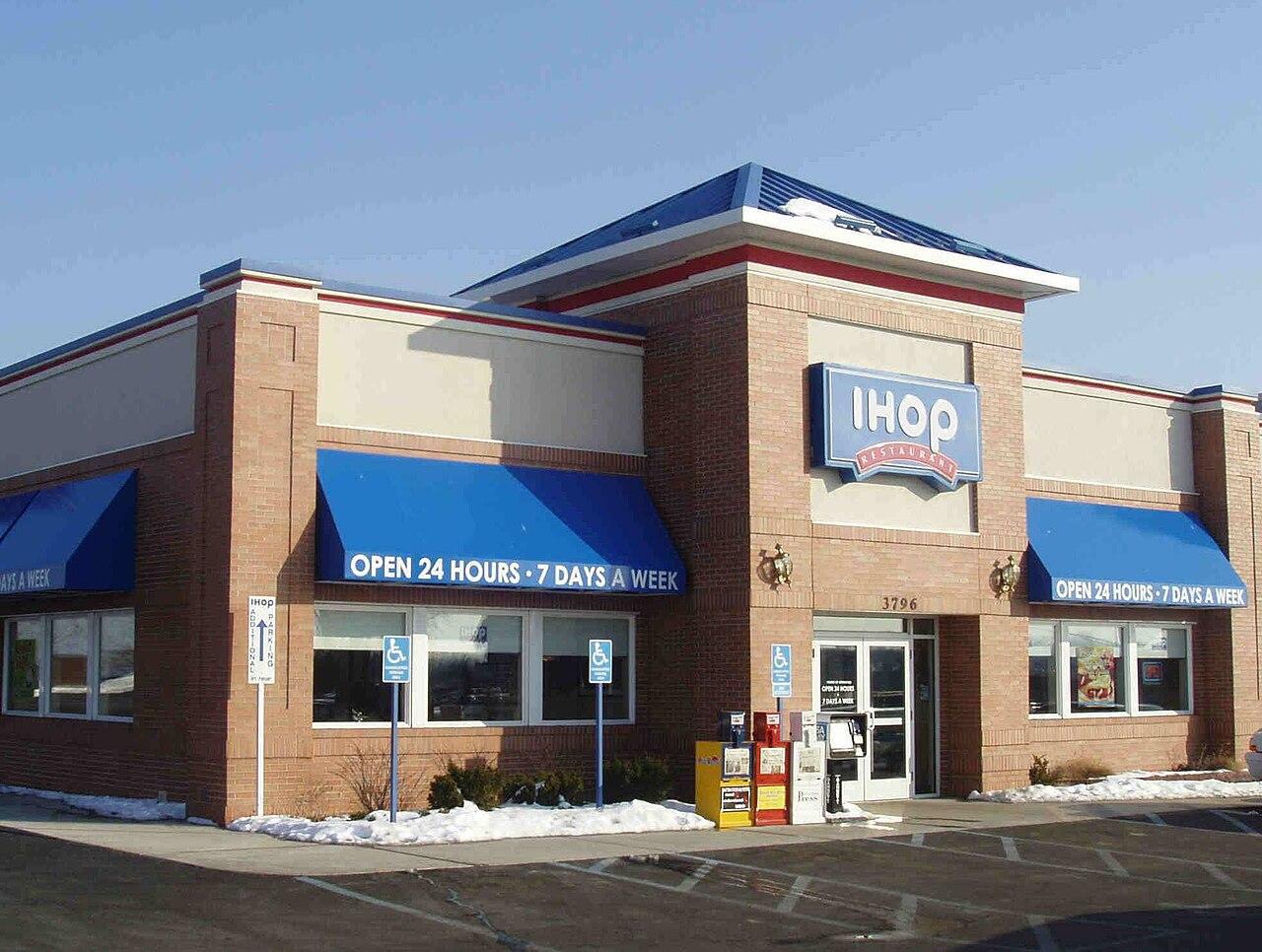
Dine Brands Global, the parent company of Applebee’s and IHOP, has experienced a significant revenue decline in recent years. The company’s stock is down 30% this year alone.
According to The Daily Mail, Dine’s sales at all its restaurants dropped to around $206 million during this year’s first quarter.
Three Locations Already Close in 2024
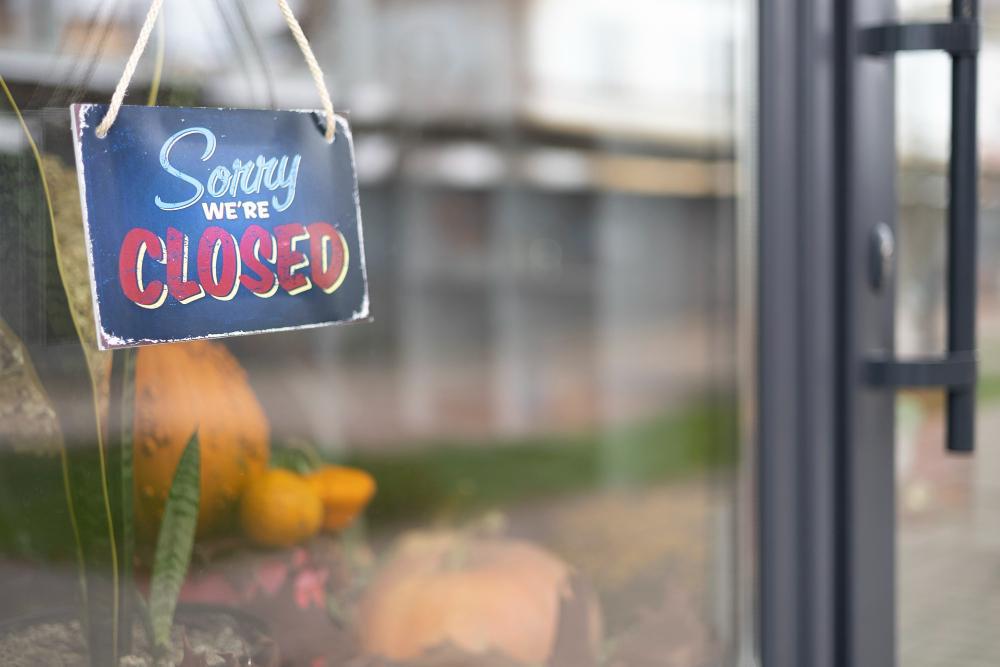
According to a statement from Applebee’s president, Tony Moralejo, the restaurant has already closed three locations this year and plans to close many more.
Moralejo said that the decision to close was “an incredibly difficult decision” and a “last resort” for the company.
Not All Bad News for Dine Brands Global
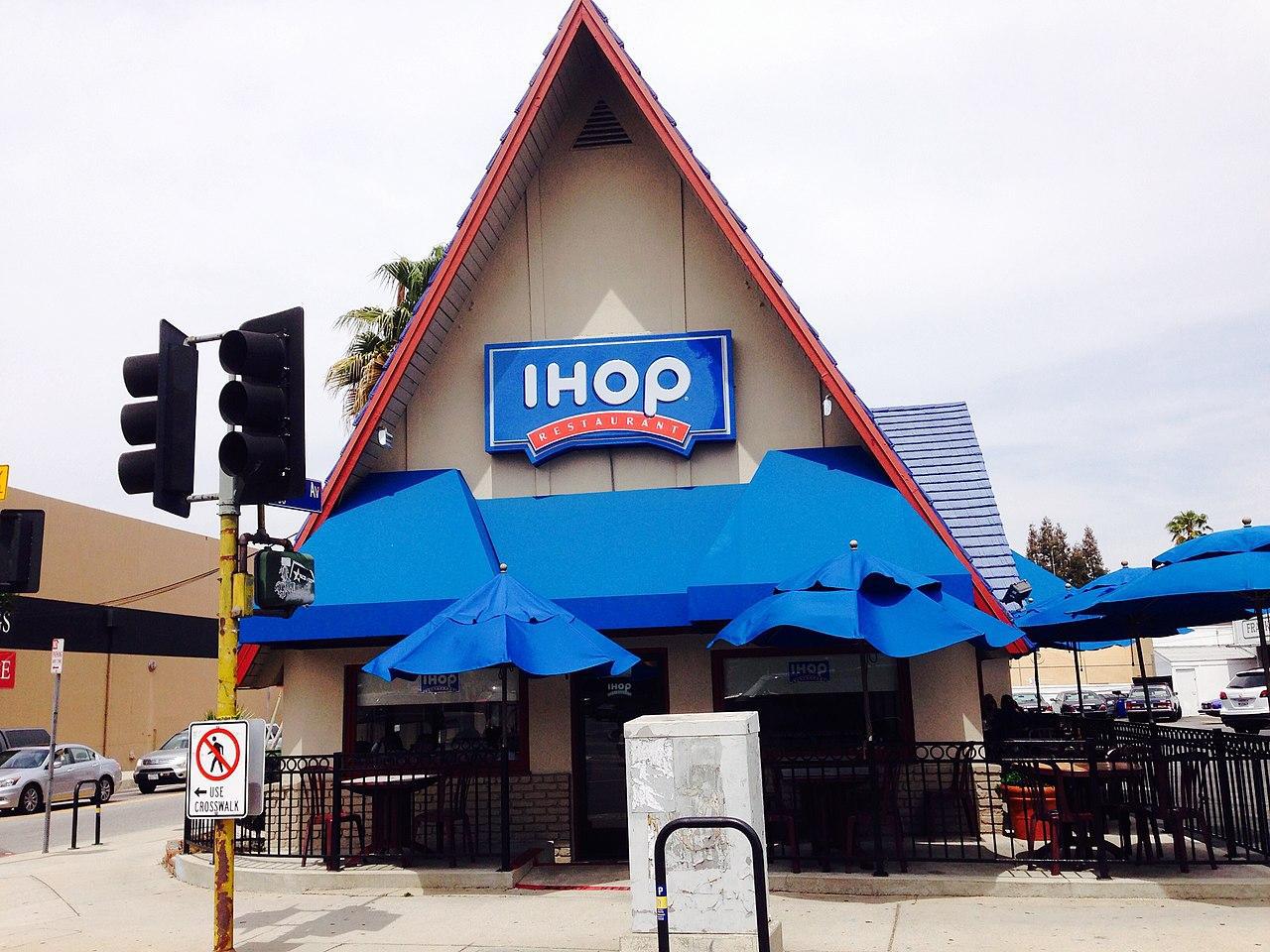
During a fourth-quarter earnings call several months ago, Moralejo revealed, “We’re expecting 25 to 35 net fewer domestic Applebee’s restaurants.”
However, it’s not all bad news for the restaurant chain, as the president confirmed they also plan to open around 25 new IHOP restaurants.
New Development Strategy in Place

Speaking on future prospects for Applebee’s and Dine Brands Global, Moralejo explains that the company has new plans in place to continue its growth.
“With our new development strategy in place, we feel confident in our ability to continue to open up new restaurants and scale the footprint of our brands over time.”
Hudson Location Has Been Struggling

Unfortunately, one location in Hudson, over 100 miles north of New York City, will be included in the recent string of closures. The Applebee’s here will officially close its doors for good in mid-May.
“We greatly appreciate our neighbors’ patronage for the past 15 years and have loved being a part of this neighborhood,” a spokesperson for the local franchise said.
Applebee’s Employees Offered Another Job

Many of the workers from the Judson location have been offered employment at another Applebee’s.
“We hope to see you at our neighboring restaurants throughout the Albany and Hudson Valley markets,” the spokesperson added.
A String of Closures Began in 2017
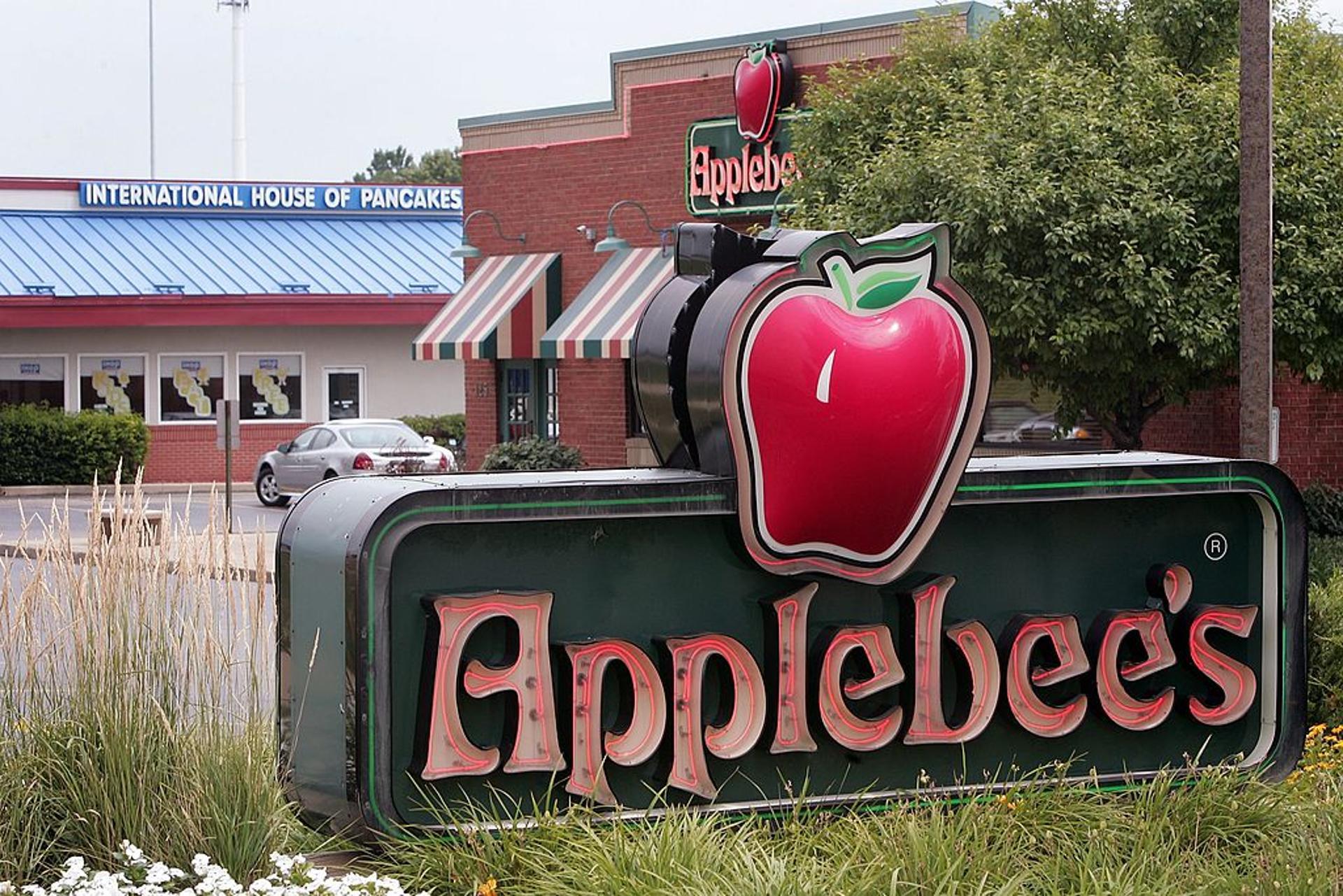
Applebee’s struggles appear to have peaked in 2017, a year in which the franchise closed over 100 restaurants.
Since 2017, Applebee’s has experienced a steady flow of closures across the U.S. in regions that appear to struggle with trade, Moralejo says.
Regions Struggling to Trade
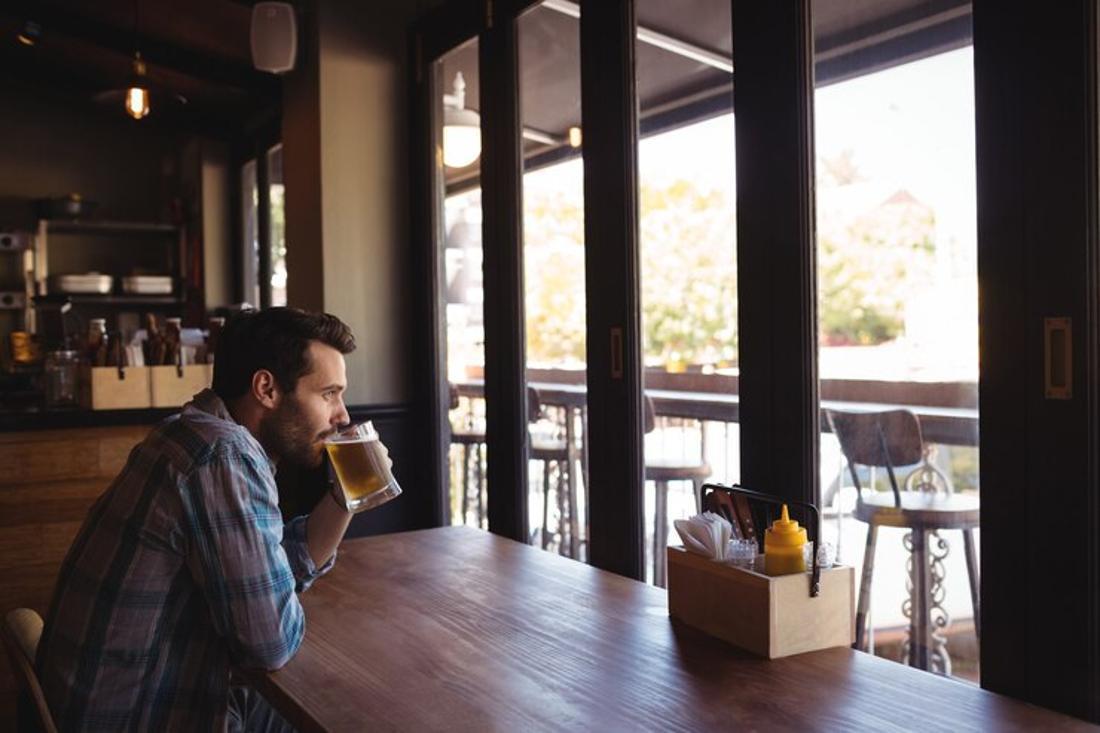
“I’ll add that these closures aren’t a sign of struggling franchisees. They’re offering a sign of struggling trade areas,” Moralejo said.
“And I can assure you that our leadership team, we’re pulling every lever we have to offset the downside of closings.
Closures Are Only Natural, Says Applebee’s President

Speaking with TODAY, Moralejo explained that Applebee’s is a well-established franchise, and it is only natural that specific locations will eventually lose favor with the surrounding residents.
“Applebee’s is a mature brand, and it is natural to have closures with changing trade areas and franchisee agreement expiration,” he said.
Brand Evolution
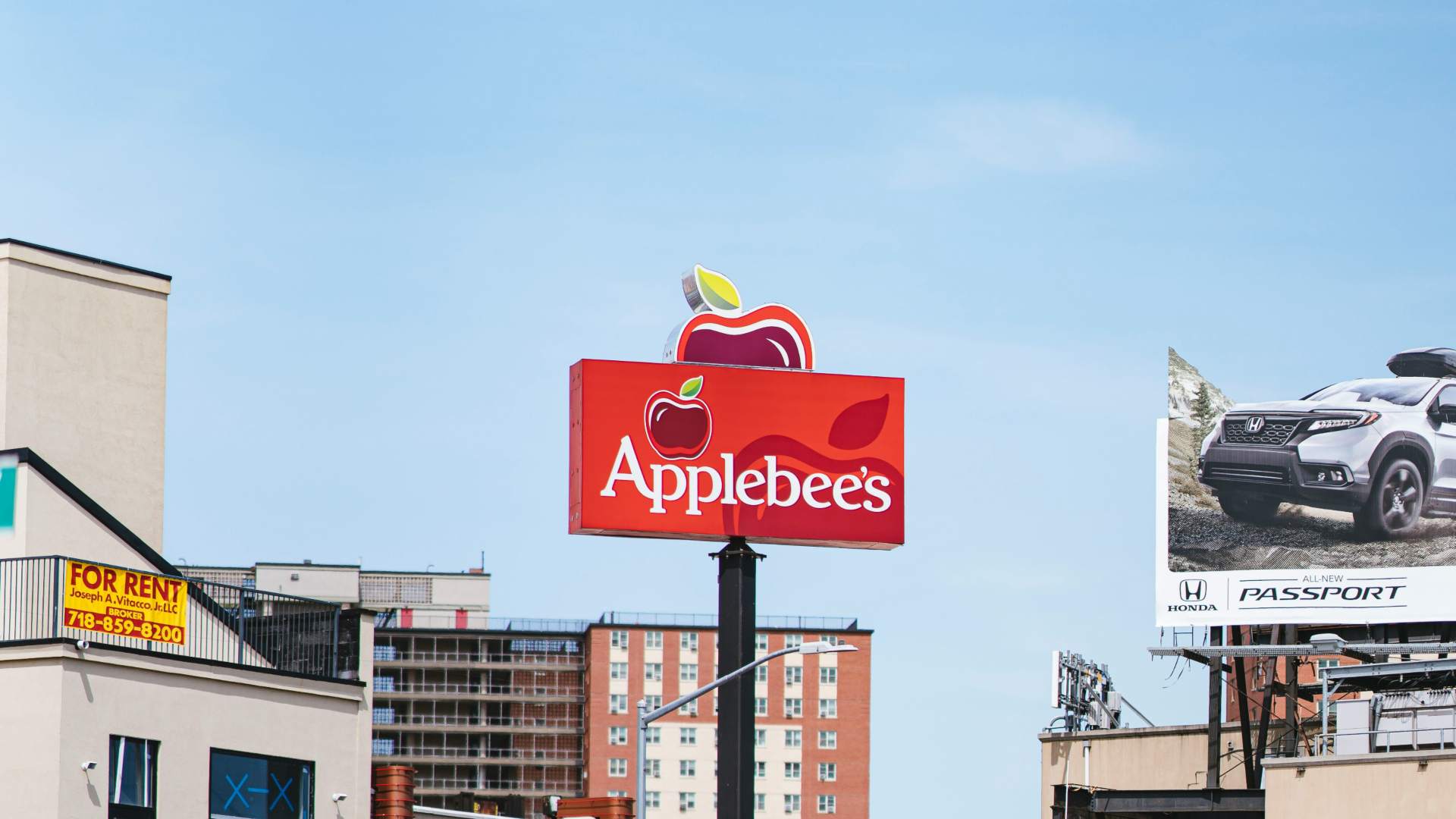
Applebee’s has a rich history, evolving from a single location in 1980 to a nationwide chain. Over the years, it has navigated various challenges and market shifts.
Despite recent struggles, the brand’s ability to adapt will determine its future success.
A New, Cool Place for Millennials

In 2015, the Huffington Post reported that Applebee’s would be rebranding what they called a ‘millennial bar’ and added trendy gastropub bites like brisket nachos, sweet potato fries, platters to share, and new cocktails.
While Applebee’s tried to transform into a more appealing restaurant for a new generation of diners, the facelift wasn’t enough to keep customers coming.
Applebee’s Ices Out Its Core Customers

What made matters worse was Applebee’s desperation to draw the new generation of restaurant-goers into their locations, which ended up isolating core customers.
Applebee’s target market—a family restaurant—was now becoming a bygone era. The target audience consisted of young millennials who are increasingly opting for dogs over children.
Applebee’s Forgets It Middle American Roots

Failing to get millennials in the door and forgetting about their core customer base what the blow that may have spelled the end of the Neighborhood Bar & Grill.
Brand president John Cywinski said (via QZ), “In my perspective, this pursuit led to decisions that created confusion among core guests, as Applebee’s intentionally drifted from — what I’ll call—its Middle America roots.”
Impact on Local Economies

The closure of 35 more Applebee’s locations will undoubtedly impact local economies.
Communities will face job losses, decreased foot traffic to nearby businesses, and reduced tax revenues. This trend mirrors a broader economic struggle affecting many regions.
Dining Out Isn’t What It Use to Be

Dining is changing. While Applebee’s used to be everyone’s favorite Neighborhood Bar & Grill, people are now looking for more health-conscious restaurants.
The redesigns revamped the locations, overhauled kitchens, and anyone who hasn’t been to an Applebee’s in a while might feel a wave of confusion from how different everything looks inside and on the menu.
Shifts in Consumer Dining Preferences

Consumer dining preferences have shifted dramatically in recent years. The rise of fast-casual dining, the convenience of food delivery services, and the demand for healthier, locally-sourced options have left traditional sit-down chains like Applebee’s struggling to keep up.
These trends highlight the importance of adapting to evolving customer expectations to remain competitive.
Millennials and Gen Z Don’t Want Traditional Casual Dining

Another nail in the coffin for Applebee’s is the real dining habit that has changed. Applebee’s isn’t the only casual dining restaurant to suffer from this new habit that has emerged as dominant in the post-COVID-19 years.
Millennials and Gen Z simply don’t want more traditional casual dining places.
The Perks of Other Less Traditional Restaurants
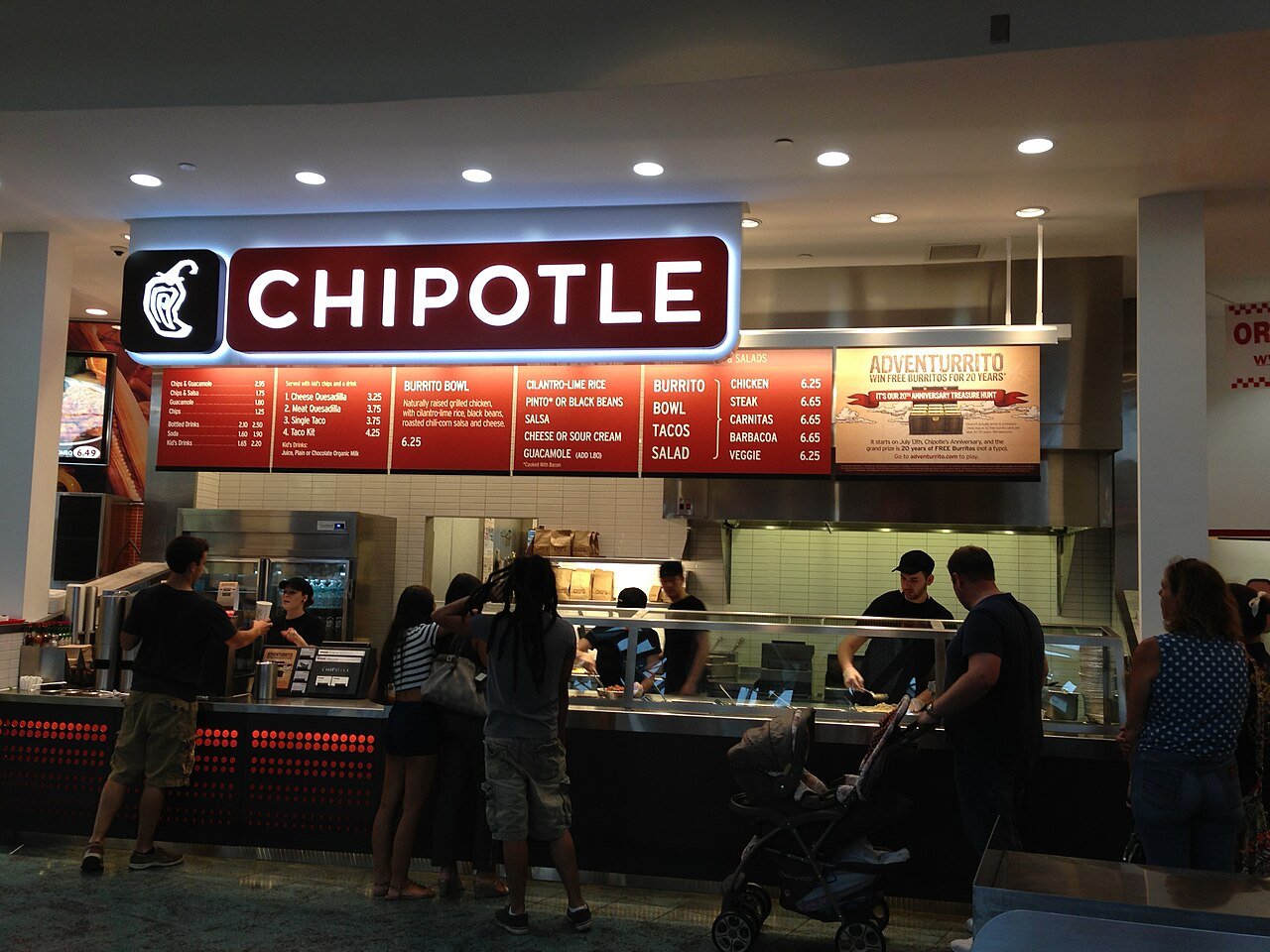
Fast casual restaurants like Chipotle and Five Guys are dominating traditional casual dining as they offer delivery, competitive prices, and–in all honesty–the ability to not have to talk to someone.
If diners do eat out, they are choosing places that offer more of an experience rather than just a casual night out with the family.
The Role of Digital Transformation
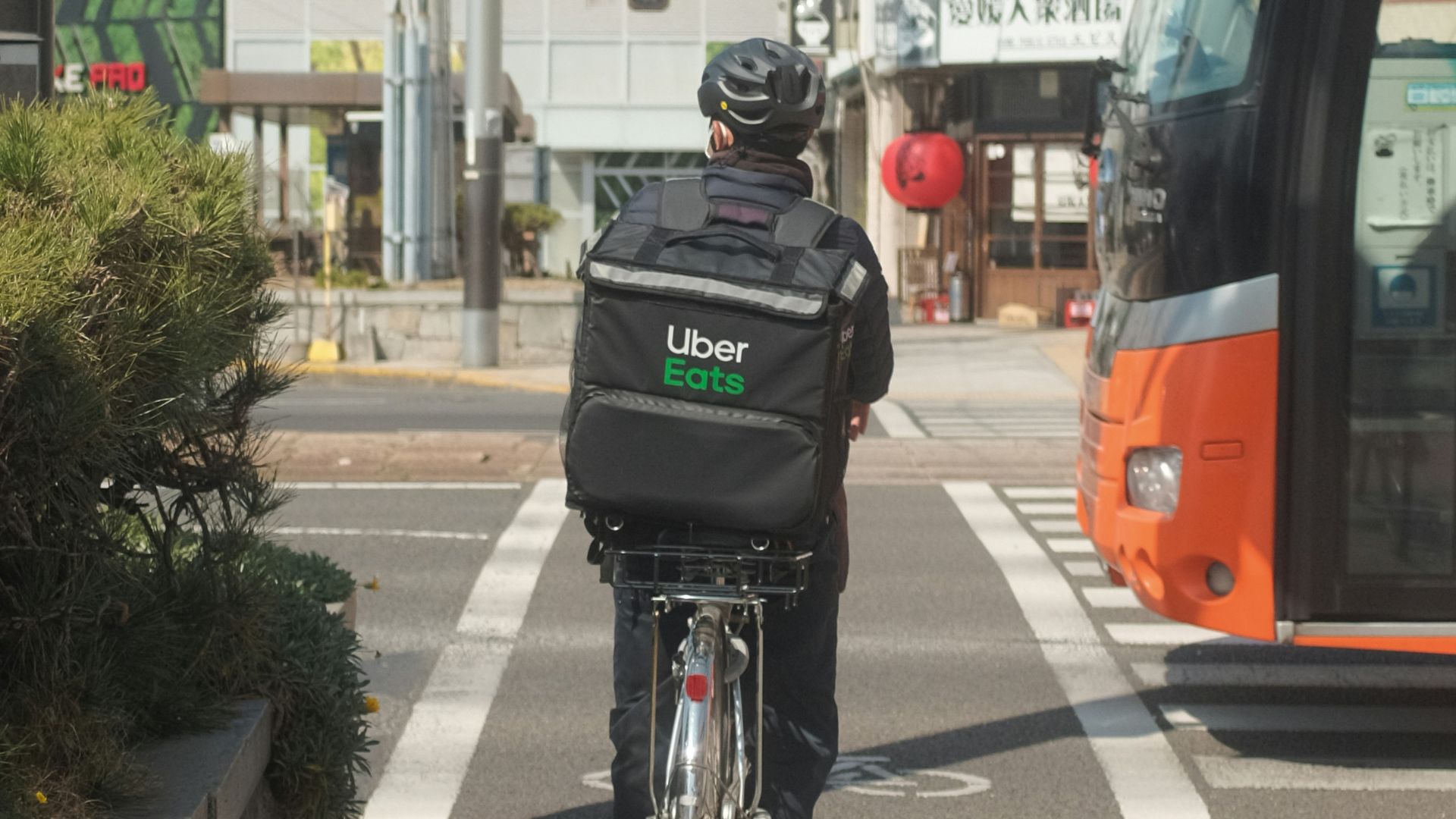
Digital transformation is crucial in the modern restaurant industry. While some chains have successfully integrated online ordering, mobile apps, and digital marketing, others lag behind.
Applebee’s has faced challenges in this area, impacting its ability to attract tech-savvy customers and streamline operations. Embracing digital innovation is essential for survival in a rapidly changing market.
Failing to Adapt To the Times

Applebee’s was also late to integrate technology into its business practices. As more and more people eat at non-traditional meal times, mobile ordering and WiFi have become almost necessary for any business to operate in 2024.
Possibly the main reason for this delay is the company’s peculiar relationship with technology.
“No Tech Tuesday”

Back in 2014, Today reported that Applebee’s applied for a trademark on “No Tech Tuesday,” which seemed to suggest that they were considering implementing a policy of asking customers to put away their phones on Tuesdays.
While the implementation of “No Tech Tuesday” would have brought back the traditional, face-to-face dining experience the company is known for, the plan seemed to fail and was quietly buried.
Applebee’s Added WiFi Not That Long Ago

While Wi-Fi is a necessity in today’s world, Applebee’s seems slow to catch on about how important it is to customers. Applebee’s finally installed public Wi-Fi in all its locations in 2018. This change enabled the restaurant to operate during customers’ working hours.
But the addition of Wi-Fi may have come too late.
Social Media Blunder

It wouldn’t shock you to discover that Applebee’s has a fairly nonexistent online presence. This can all be traced back to a defining moment in 2013 when an Applebee’s waitress posted a picture of a receipt with no tip and a caption reading: “I give God 10%, why do you get 18?”
Applebee’s fired the waitress for violating a line of her contract, and social media reacted. In a matter of hours, 35,000 comments condemning Applebee’s for their hypocrisy led the chain to be “canceled.”
Competitive Landscape

The competitive landscape for casual dining chains is intense. While Applebee’s faces closures, other chains like Olive Garden are implementing innovative strategies to stay afloat.
These competitors are focusing on menu diversification, enhanced customer experiences, and aggressive marketing campaigns. Understanding these tactics can offer insights into potential paths for Applebee’s revitalization.
Applebee’s Biggest Problem
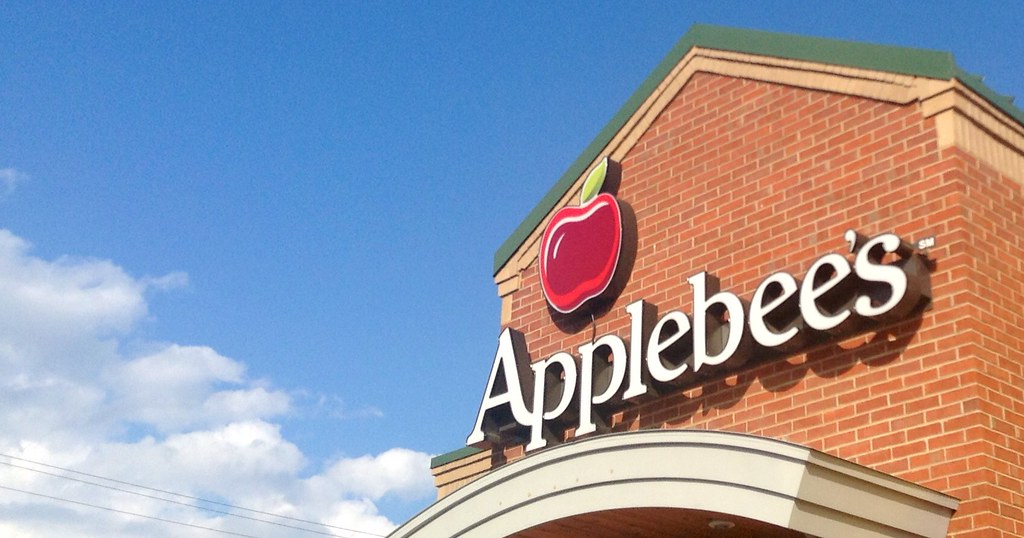
How was your last meal at Applebee’s? As someone who hasn’t eaten there since 2017 and primarily only ate the appetizers as a meal, I can say that the food quality at Applebee’s wasn’t my first choice in a town that only had four sit-down restaurants.
Scrolling through Yelp and social media reveals that others are not the biggest fans of the limited meal options at Applebee’s available elsewhere
Reviewers Do Not Highly Rate Applebee’s Meals
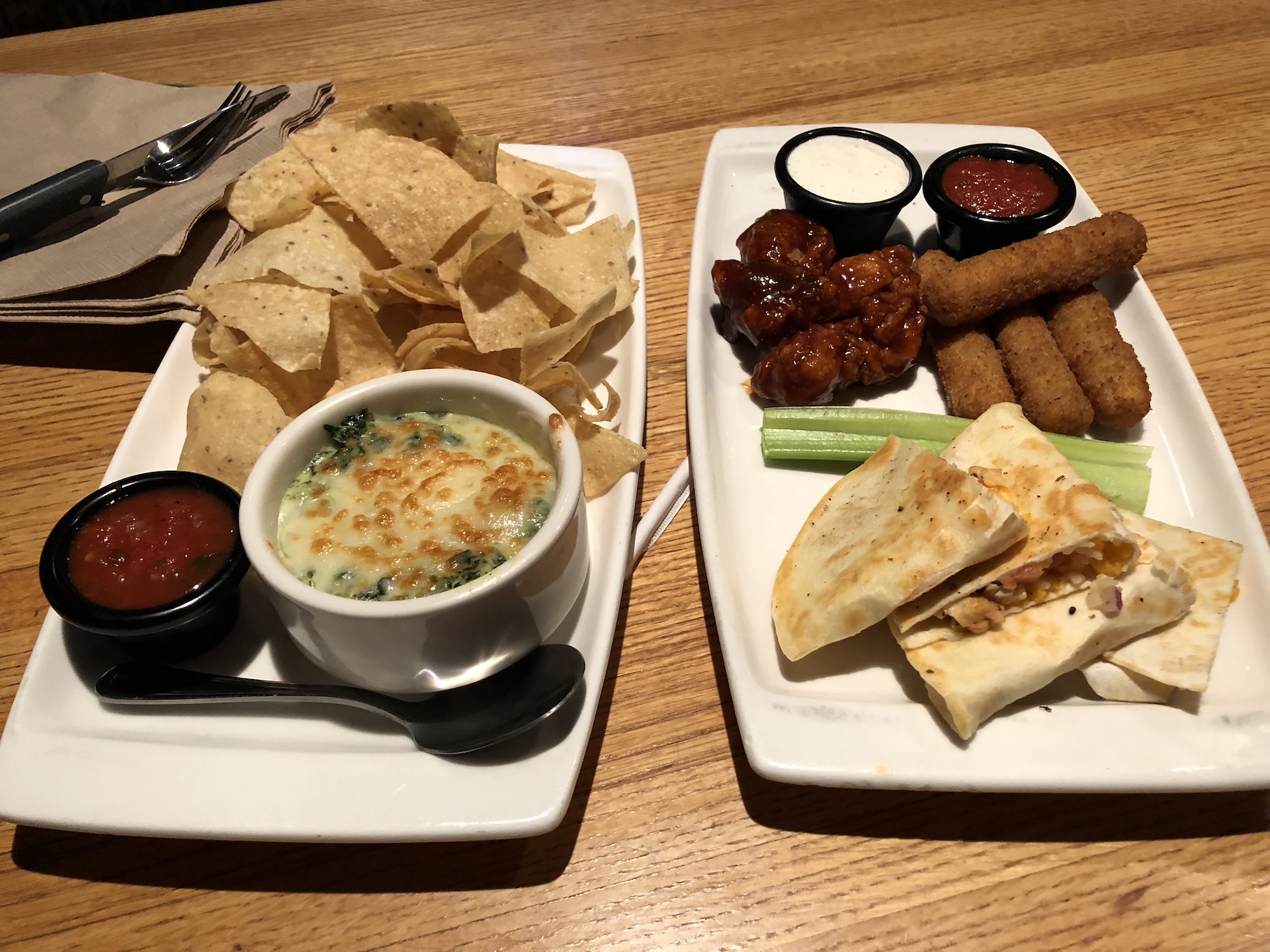
Consumer Affairs reports that Applebee’s reviews collectively give it a 1.5-star rating out of five. That is enough to turn people away from entering the front door of their local Applebee’s.
While reviews are opinions, they are often trusted ones that sway public opinion. Lean too much one way, and people will avoid the place like it had the plague.
Impact of Rising Costs

Rising operational costs are a major factor in Applebee’s closures. Increasing food prices, labor costs, and real estate expenses have strained the chain’s profitability.
This financial pressure is a common issue across the industry, forcing many restaurants to reevaluate their business models and cost structures to stay viable in a competitive market.
Red Lobster Bankruptcy
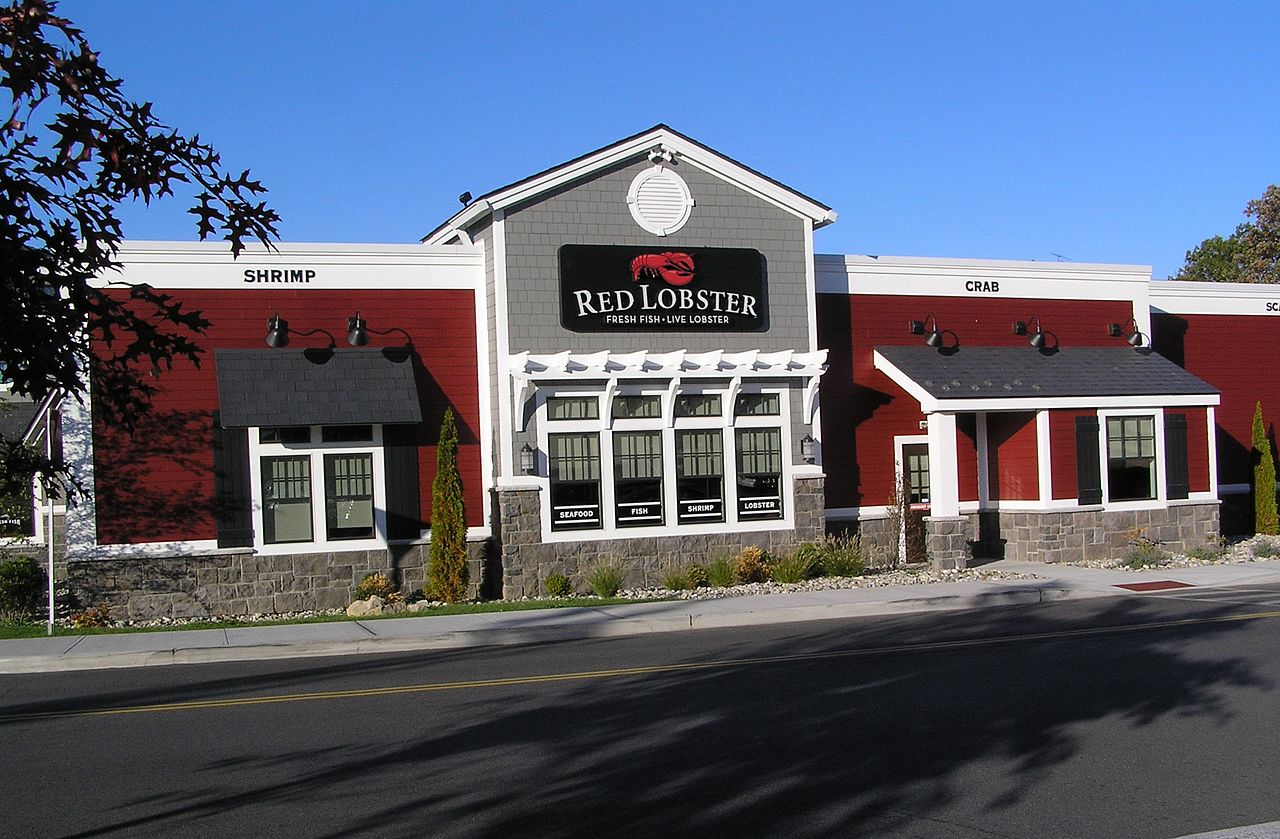
Applebee’s isn’t alone in its struggles. Red Lobster recently filed for bankruptcy, highlighting the broader challenges in the casual dining sector. Economic pressures and shifting consumer preferences have taken a toll.
The company plans to restructure and streamline operations to regain stability, but the situation underscores the difficulties facing many established restaurant chains today.
Foster’s Freeze Closure
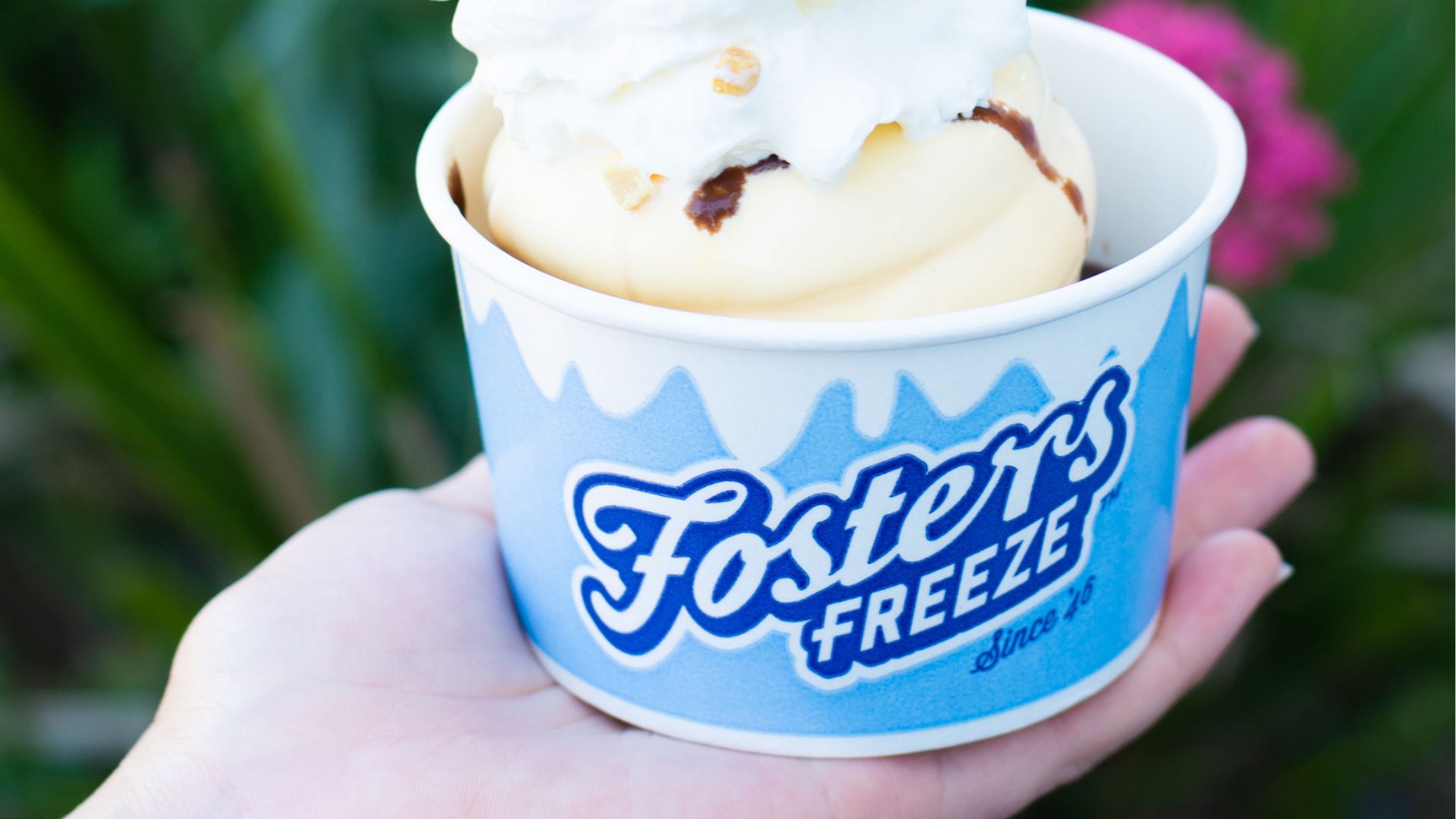
California’s beloved Foster’s Freeze announced its closure, citing economic hardships and changing market dynamics. Known for its classic American fare, the closure marks the end of an era for many loyal customers.
The company expressed gratitude for decades of support and hopes to leave behind cherished memories for the community.
Burger King Kiosks
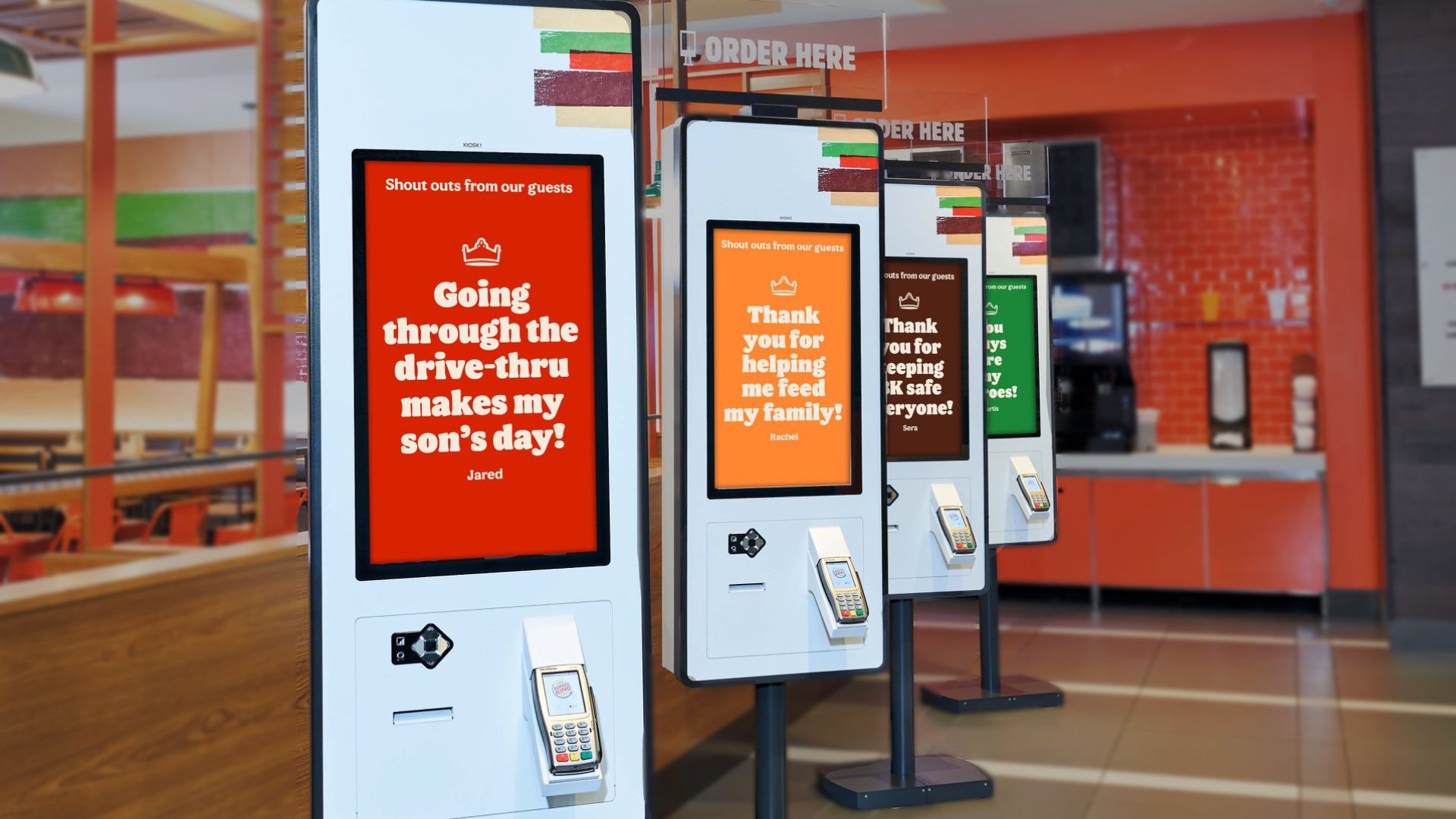
Burger King has faced layoffs due to the introduction of self-service kiosks. This shift towards automation aims to reduce costs and enhance customer service efficiency.
However, it has resulted in job losses and concerns about the impact on the workforce. The company continues to try and balance innovation with employee relations.
Taco Bell Price Increases
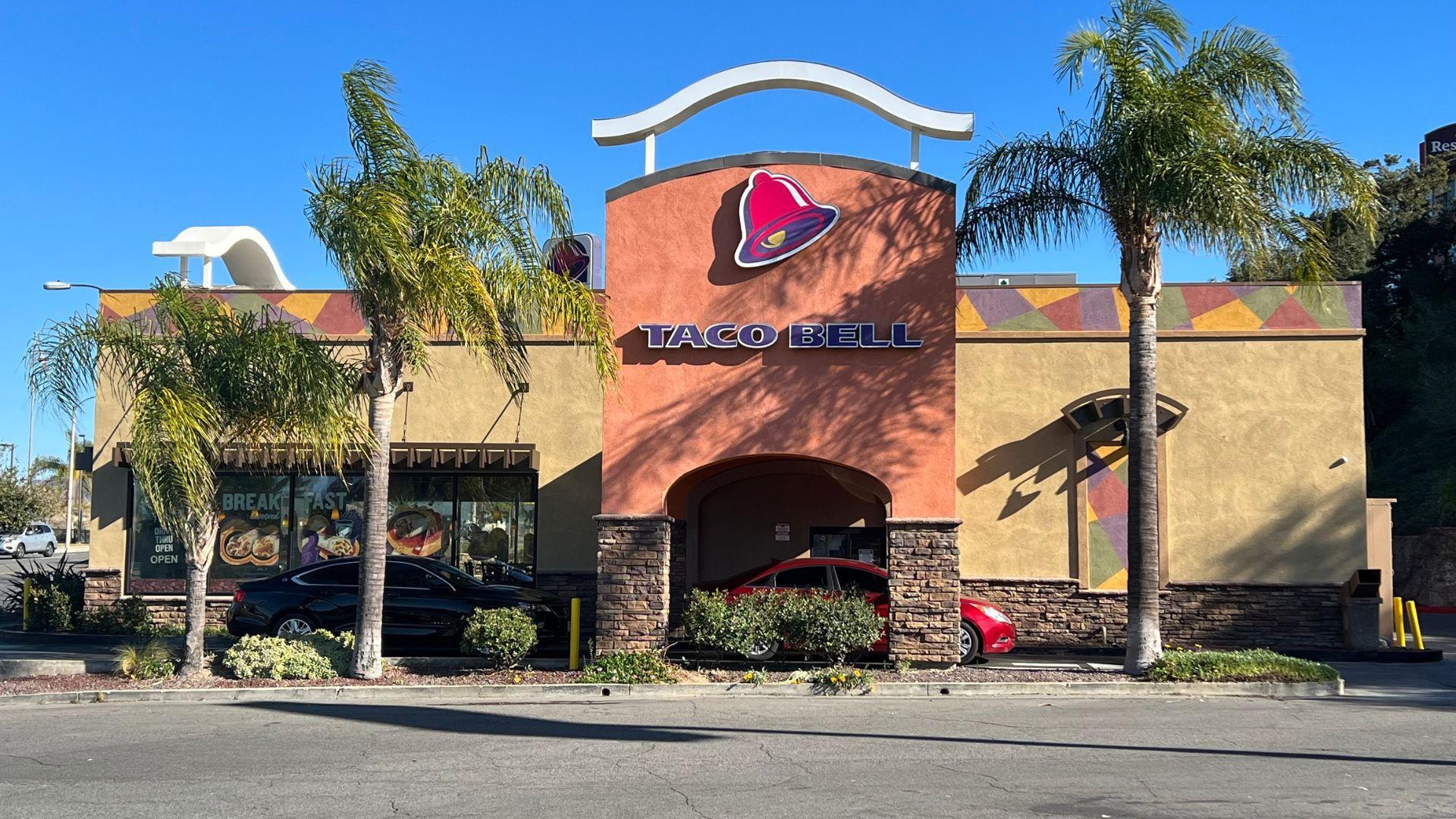
Taco Bell has implemented price increases in response to rising ingredient and operational costs. While the chain remains popular, these changes have sparked discussions about affordability and value.
Customers are adjusting to higher prices, and Taco Bell is exploring ways to maintain its appeal amidst economic challenges.
Brocato’s Sandwich Shop Bankruptcy
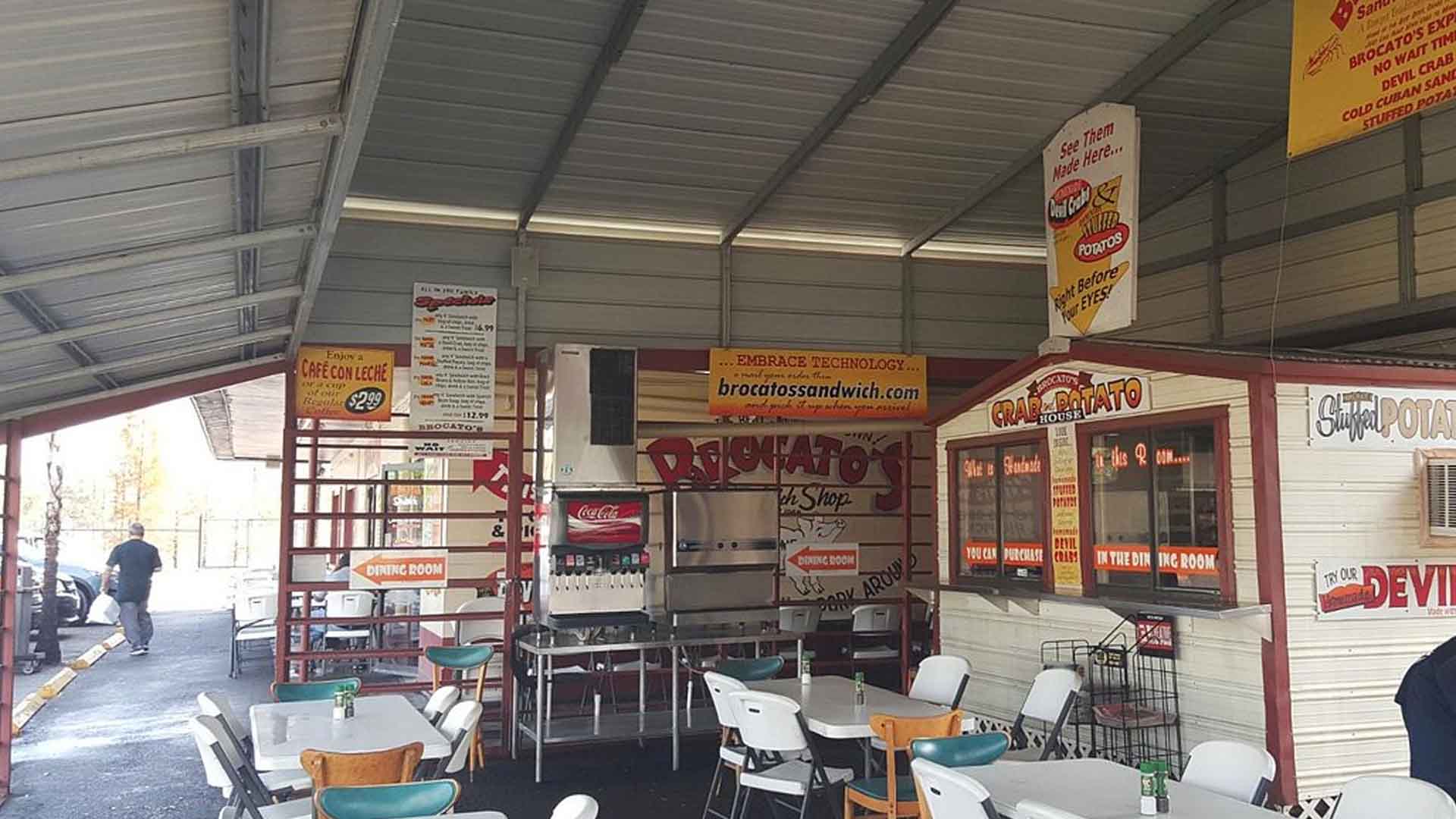
Brocato’s Sandwich Shop, a local favorite, recently declared bankruptcy. The small business struggled to cope with economic pressures and competition from larger chains.
Loyal patrons expressed their sadness, and the owners thanked the community for years of support, marking the end of a cherished local establishment.
Future of Casual Dining

The future of casual dining is uncertain. Industry experts predict a continued shift towards fast-casual and delivery-focused models. For traditional chains like Applebee’s, innovation and adaptation are crucial.
Developing new concepts, revamping menus, and leveraging technology can help these restaurants remain relevant and attract a new generation of diners.
